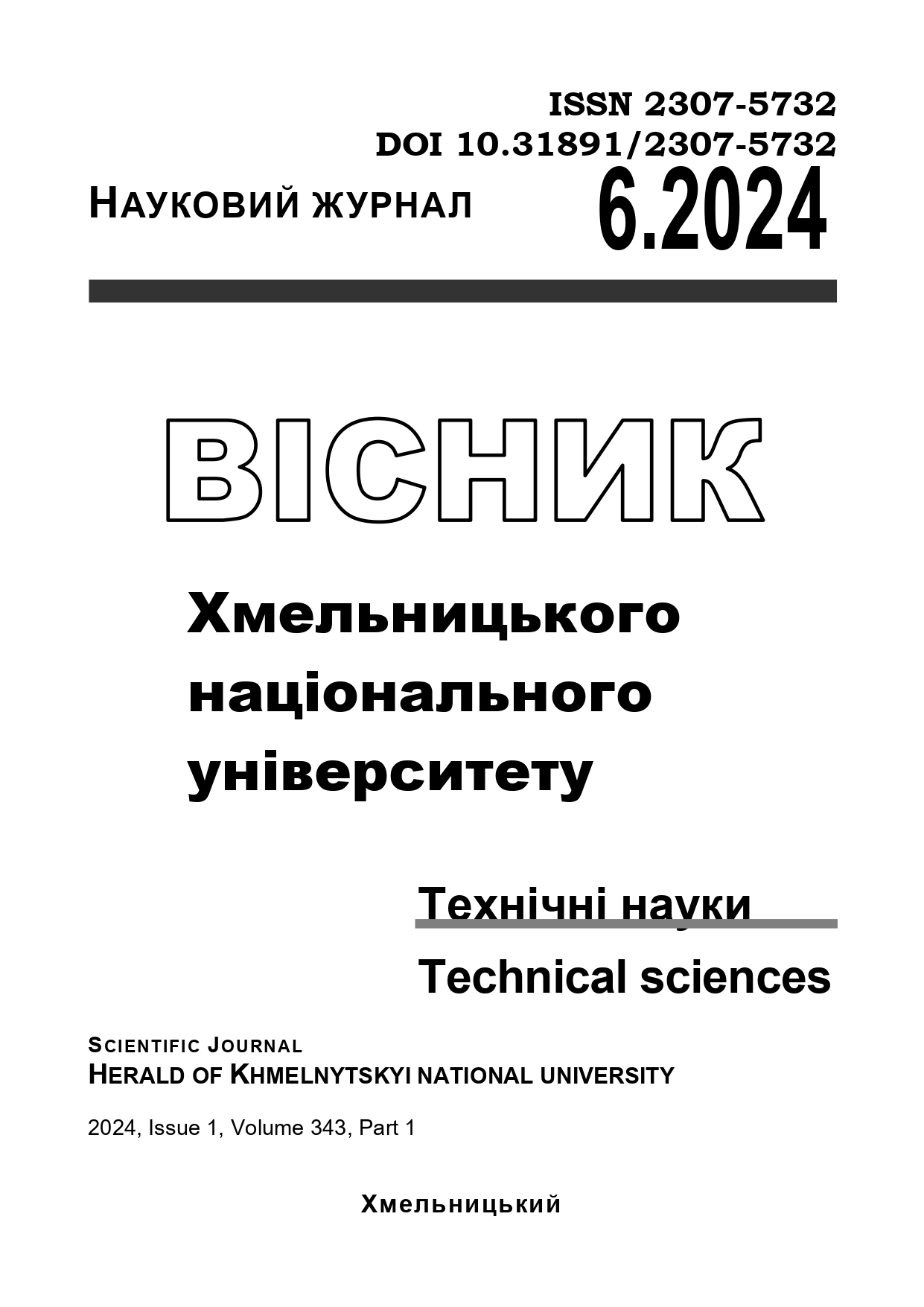RESEARCH OF THE PRINCIPLES OF BUILDING AND DESIGNING A PLATFORM FOR SHARING VIDEO CONTENT
DOI:
https://doi.org/10.31891/2307-5732-2024-343-6-17Keywords:
web platform, video content, interactivity, WebSocket, WebRTCAbstract
A video content sharing platform can only function effectively if it is designed to meet the diverse needs of users and the specifics of video playback synchronization. The features of such platforms include, in particular, providing simultaneous access to content to several users located in different geographical locations with minimal delay. In addition, interactive user interaction via text and voice chats is important, creating a virtual space for sharing media content. These user needs form the main requirements for the technical solution, including high bandwidth of the data transmission channel, efficient request processing, integration of the interface with the ability to manage rooms and access rights to video playback. The article proposes the development of a platform for sharing video content, which is characterized by such features as continuous playback synchronization, integration of text and voice chat, and the ability to manage access rights to video content. When developing the platform, special attention was paid to the use of modern technologies, namely, the client-server architecture, JavaScript libraries Express and React together with the Vite tool, MongoDB database, as well as WebSocket and WebRTC protocols that minimize delays and ensure the smooth operation of the system were chosen to build and implement the system. The WebSocket protocol synchronizes the actions of all participants in the room, including video and messaging. The WebRTC protocol is used to organize voice communication between participants, which makes the interaction between users even more dynamic and realistic. As a result, an effective web application for organizing joint viewing of video content was created, which significantly increased the level of user interaction and provided maximum comfort during viewing, which was proven during various types of testing, including load testing using the JMeter tool.

